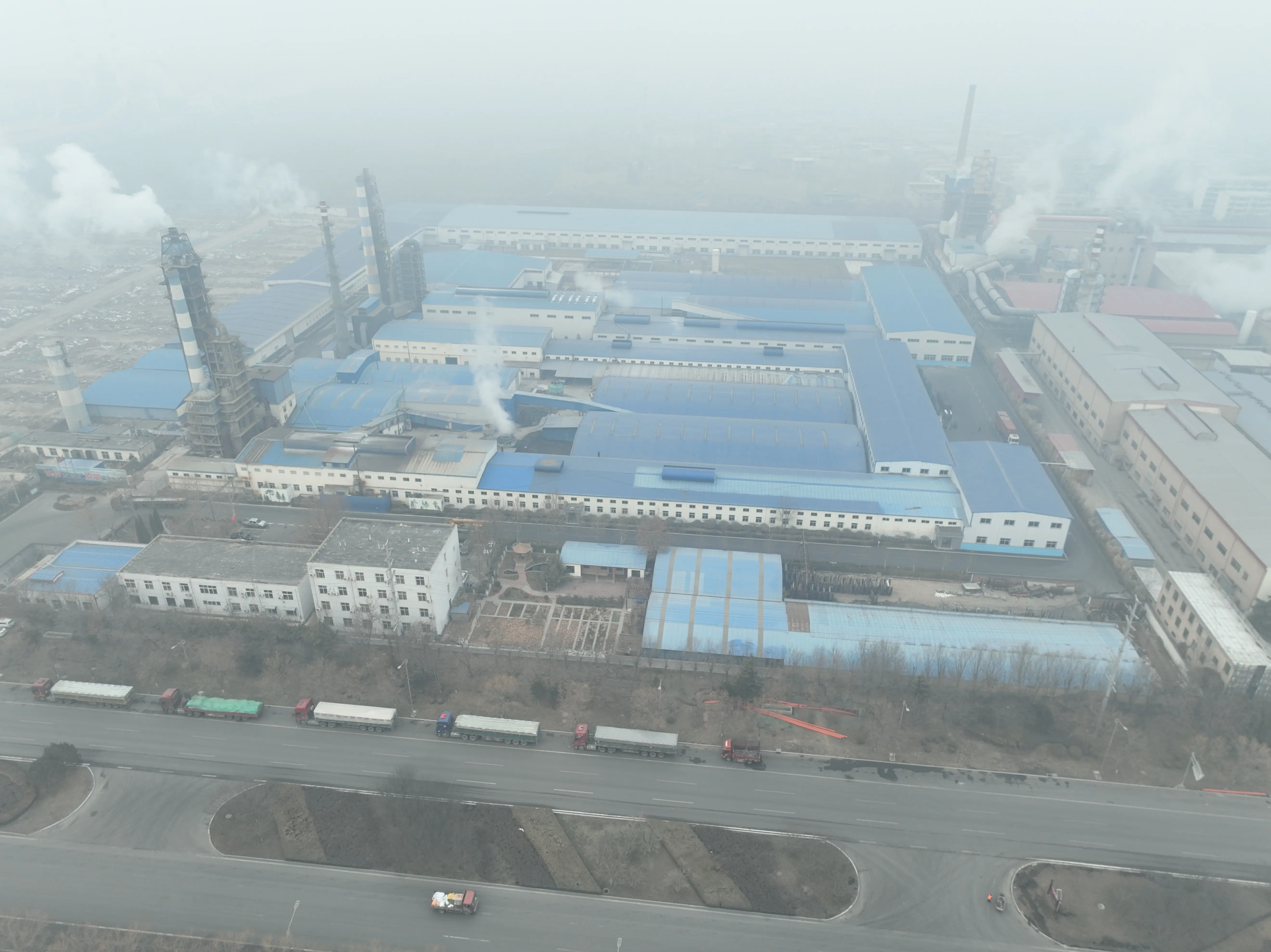

Understanding Tinted Float Glass A Versatile Building Material
Tinted float glass has become increasingly popular in the construction and design industries, serving as an effective solution for enhancing aesthetic appeal, providing privacy, and improving energy efficiency. Understanding tinted float glass and its applications can help architects, interior designers, and homeowners make informed decisions when selecting materials for their projects.
What is Tinted Float Glass?
Tinted float glass is produced by adding specific metal oxides to the glass during the melting process. The resulting glass possesses a colored tint that can range from subtle shades to more pronounced hues. The tint not only alters the appearance of the glass but also affects its properties, such as light transmission, solar control, and thermal insulation. Compared to clear float glass, tinted versions offer several advantages that can significantly enhance the performance of buildings and spaces.
Aesthetic Appeal
One of the primary reasons for the popularity of tinted float glass is its aesthetic appeal. Architects and designers often use tinted glass to create a desired ambiance in a space. The various shades available—from bronze and gray to blue and green—allow for creative freedom in achieving distinct architectural styles. For instance, a modern office building may use dark-tinted glass to project a sleek, professional appearance, while a residential property can utilize lighter tints to maintain a warm, inviting atmosphere.
Moreover, tinted glass can help unify a building’s exterior appearance, allowing it to blend seamlessly into its surroundings. This can be particularly advantageous in urban settings where visual harmony is essential.
Solar Control and Energy Efficiency
Beyond aesthetics, tinted float glass offers practical benefits, especially in terms of solar control and energy efficiency. The tinted surfaces reduce the amount of solar energy that penetrates through the glass, minimizing glare and heat gain indoors. This characteristic is particularly important in hot climates where buildings can easily become overheated.

By lowering the internal temperature, tinted glass can contribute to reduced reliance on air conditioning systems, leading to lower energy consumption and costs. In doing so, it plays an essential role in promoting sustainable building practices. Moreover, many tinted glass options come with additional properties, such as low emissivity (Low-E) coatings that further enhance thermal insulation and energy performance.
Privacy and Security
Tinted float glass also provides increased privacy for both commercial and residential spaces. The level of privacy can vary based on the darkness of the tint; darker hues offer greater concealment from outside views without sacrificing natural light. This makes tinted glass an attractive option for offices, conference rooms, and residential windows located in densely populated areas.
Additionally, the robustness of float glass provides enhanced security. The added layer of tint can make it more challenging for potential intruders to peer inside, while maintaining visibility from the inside out. This balance of safety and privacy is often a crucial requirement for both homeowners and business operators.
Considerations and Installation
While tinted float glass boasts numerous advantages, there are some considerations to take into account. The choice of tint should align with the building's orientation and climate conditions. For example, south-facing windows may require darker tints to combat excessive sunlight, while east or west-facing windows could benefit from lighter options that still allow for adequate brightness.
Additionally, professional installation is essential to maximize the performance and durability of tinted glass. Proper framing and sealing techniques will ensure that the glass functions as intended and maintains its aesthetic appeal over time.
Conclusion
In conclusion, tinted float glass emerges as a versatile and valuable material in contemporary architecture and design. Its aesthetic benefits, combined with energy efficiency, privacy, and security features, make it a preferred choice for many applications. As building technology continues to evolve, tinted float glass remains at the forefront of innovative design solutions, providing lasting value for both residential and commercial projects. Ultimately, understanding the various aspects of tinted float glass can empower stakeholders to make informed decisions that align with their vision and operational needs.